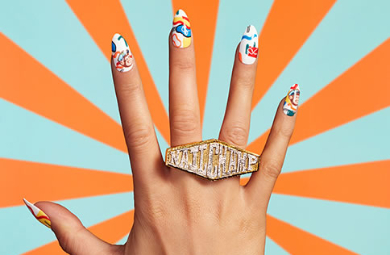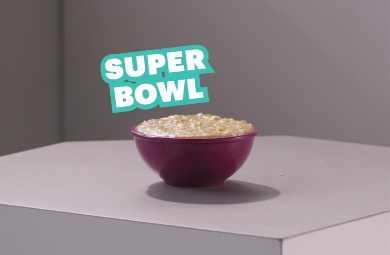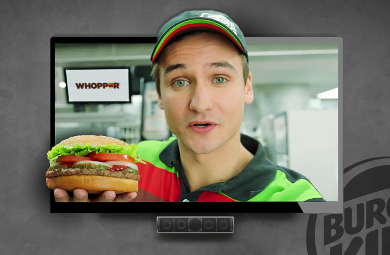
OceanSaver crabs promote plastic-free cleaning products
The campaign by Hearts and Minds, ‘The Ocean will Thank You’ focuses on positivity to encourage sustainable shopping habits
Your audience has never been so easy to reach


There’s a cultural myth around creative thinking that 'light bulb moments' come from individual genius. In fact, most of us know that good ideas are a result of planning, collaboration, external influences, intuition, and real cultural insight.
"One of the tests I have for a good creative idea is how far will it travel before you have to put media money behind it? Because if people talk about it and share it, you know you’ve got something really interesting. If you have to put money behind it then it’s sort of in the old world of marketing," said Sean McIlrath, Global Chief CD at iris, in an interview with Creativebrief.
What is new world marketing? Well, it’s never been easier to reach our customers: they’re everywhere, and they’re connected. Media now extends to cinematic short films, influencers, products and beauty trends. The most effective campaigns are a highly orchestrated web of digital and physical content.
This new media landscape requires audience centric thinking. In the competition for those all important eyeballs, we’re not just up against our peers, but also a host of individual creators and makers. No amount of media spend will buy you real fans if you haven’t got something relevant to say.
“The Age of the Audience will see brands ceding control to a group of people that can no longer be so easily and lazily dismissed as “consumers” or a “target market”, for they are now in charge," said Zaid Al Zaidy, CEO at Above + Beyond.
Originality is the only way to stand out in a cluttered market, but it takes a brave brand to be bold. When a campaign embraces new media, so that each element talks to the other, then it completes the circuit and the light bulb switches on.

MailChimp, the leading email marketing platform, wanted to say “hi” to the world. They knew how hard it is for brands to get noticed. For their inaugural campaign they chose to implement an integrated search strategy featuring nine mysterious projects, with names that all sound a bit like “MailChimp.”
MailShrimp, FailChips, VeilHymn, MaleCrimp and NailChamp to name a few.
The cultural activations were created for almost every type of media you can imagine — new brands and products, pop stars, hairstyles, instruments, nail art, beauty trends, cinematic short films, OOH, influencers, editorials, digital and social media. These seemingly disparate executions were all connected by mispronunciation and design.
Mailchimp knew that if they made something interesting enough, people would search for it. And they would then find a little story about a company that believes doing things your way isn’t just more fun, it’s good business.
Agency: Droga5, New York


Jet.com is a new e-retailer in the United States. Their mission is to relentlessly find innovative ways to save money, and pass those savings on to their customers. They started by getting in on Super Bowl excitement, without paying for a Super Bowl ad. It was the most super, 'bowl commercial' ever. Literally…they were marketing bowls. The keywords and tagging were more relevant to the search term ‘Super Bowl Commercial’ than any other commercial in the Super Bowl. On radio, they saved by creating a campaign without any voice actors – just the Google Translate voice. For Christmas, they created The Careculator, a social media tool that tells you how much to spend on friends and family, based on how much they care about you on Facebook. And, it showed you how much more you can buy on Jet, by spending less on the people you love.
Agency: R/GA, New York

Voice activated devices, such as Google Home, are gaining popularity within households, with many keeping these devices in their living rooms near their TVs. Burger King knew that this audience always listens, so their new campaign spoke directly to it. A voice over intentionally activated the device to deliver viewers the full description of The Whopper that couldn’t fit into a 15 second TV ad. Burger King first released the ad online, setting off a big internet response. So much so that Google blocked the specific audio clip hours later, ahead of the broadcast debut. But Burger King were ready with other versions. Burger King became the first brand ever to use voice-activated tech to advertise a product, and started a debate around the limits of advertising and invasive technology. Within days of the spot airing, Google Home changed its software to recognise up to 6 voices only.
Agency: David, Miami

Looks like you need to create a Creativebrief account to perform this action.
Create account Sign inLooks like you need to create a Creativebrief account to perform this action.
Create account Sign in